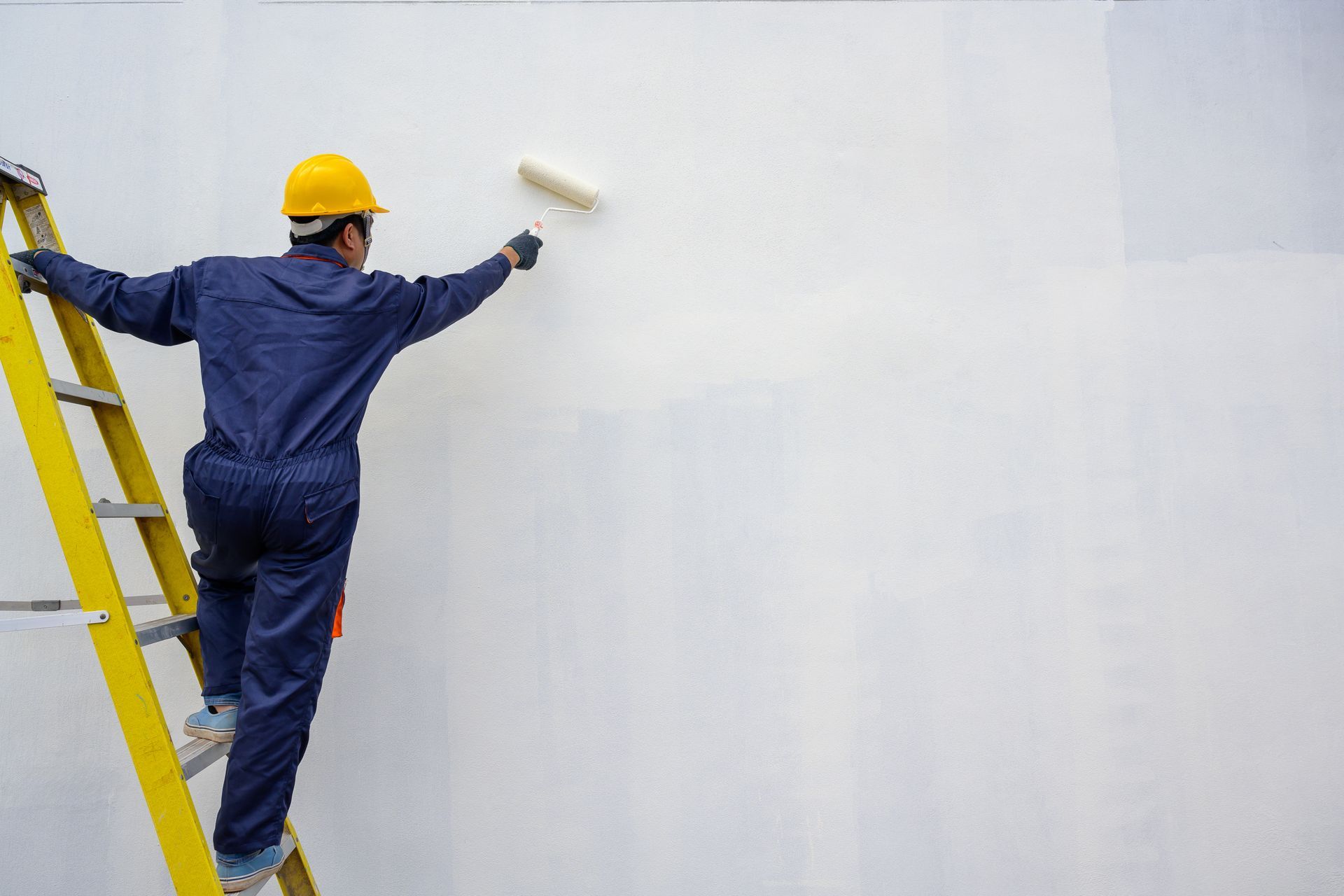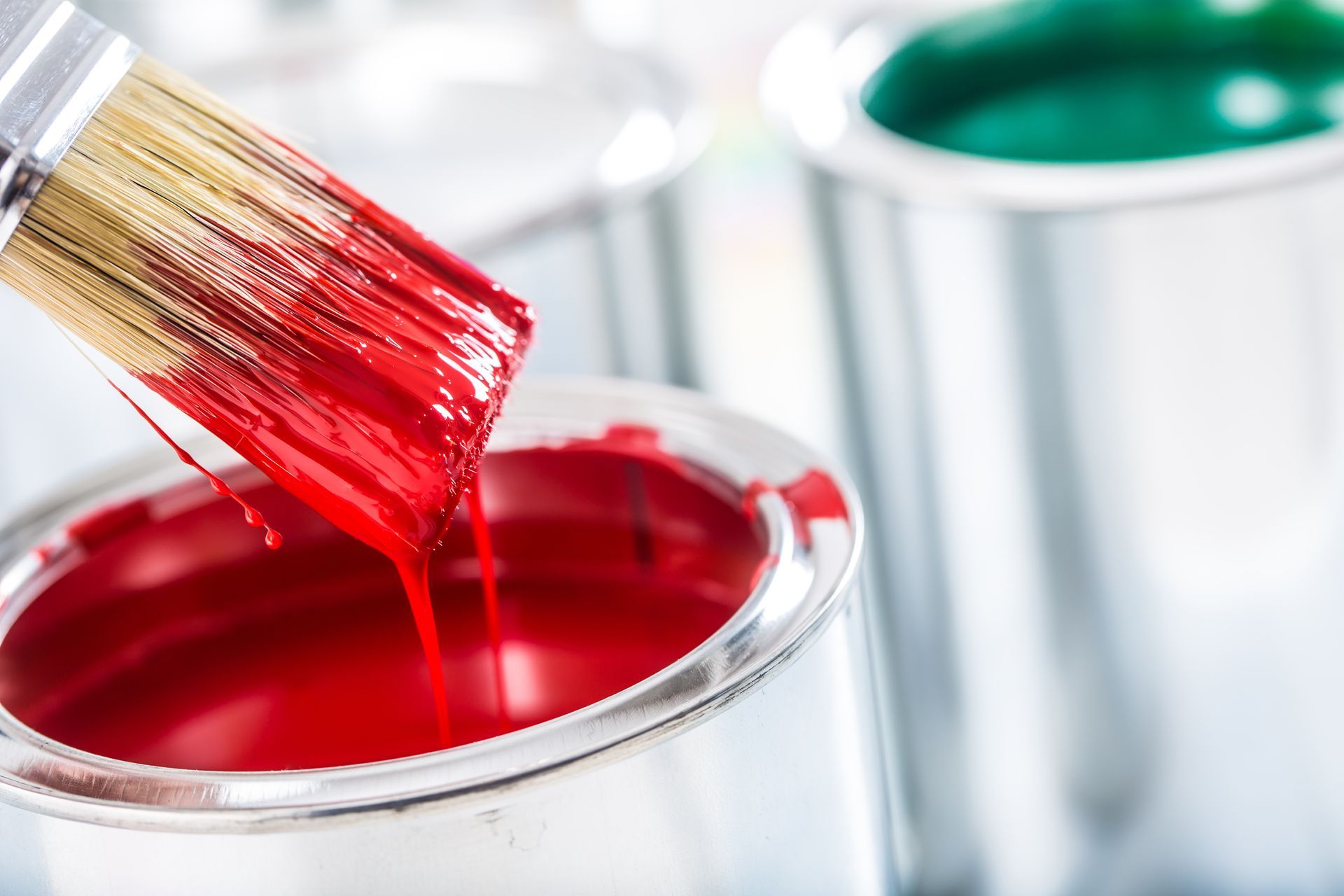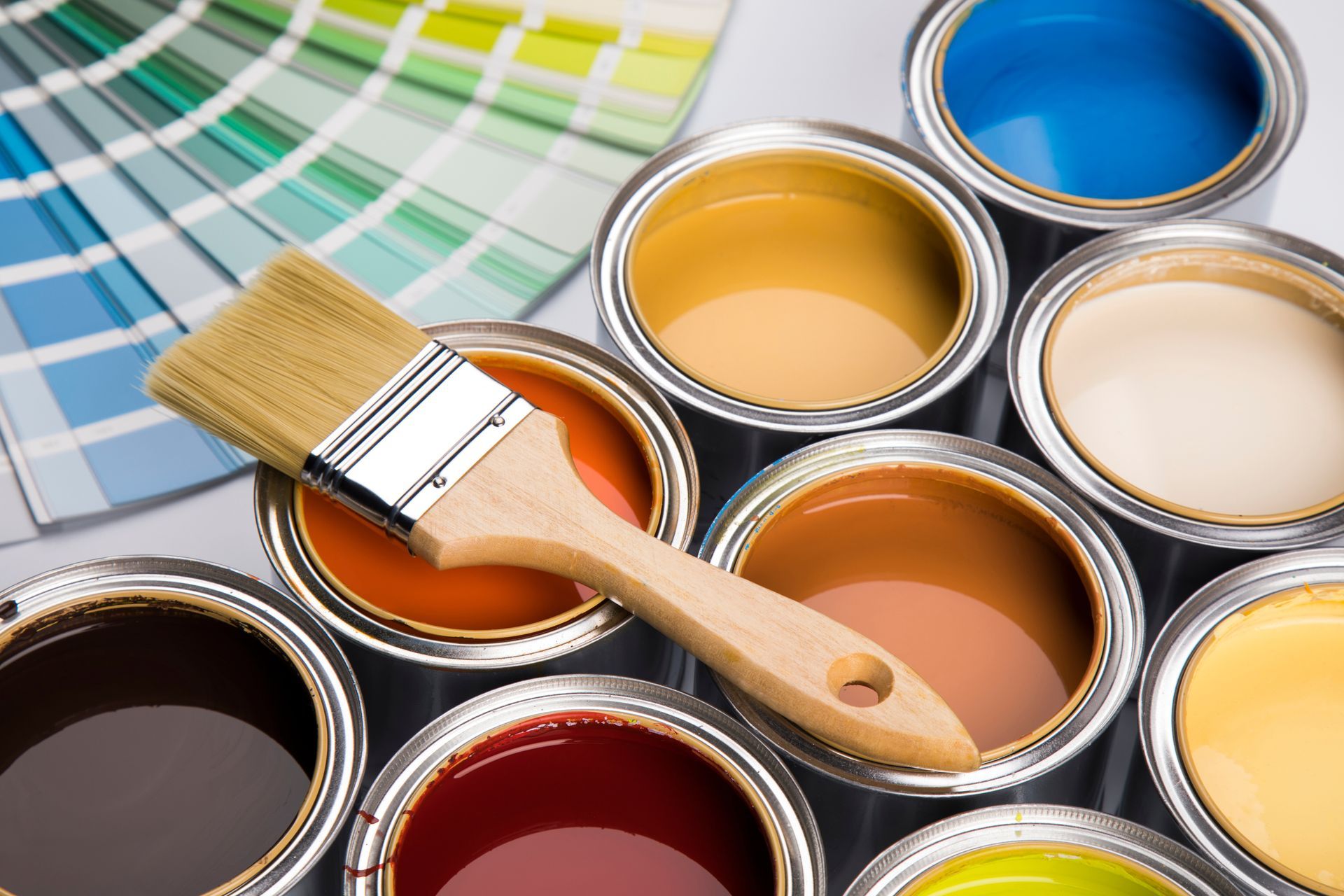Opting for professional painters over the DIY route is a wise decision, ensuring quality, efficiency, and less hassle for you. But, before the experts arrive with their brushes and rollers, there's a bit of prep work on your end to ensure the painting process is smooth and successful.
This quick homeowner guide will walk you through the essential steps to prepare your space, making sure you get the most out of your professional painting experience.
Why Prep Your Space for Professional Painters?
Whether you're hiring a painter in Suffield, CT or working with a residential painter in Springfield, MA, preparing your space before a painting company arrives will save you time, money and ensure a better finish. In addition to making it easy for local painters to do their work, prepping helps protect your furniture, fixtures, and flooring from accidental drops of paint.
It's all about setting the scene for a successful renovation project. Here are some pre-painting tasks to add to your checklist:

Top 5 Tips to Get Your Space Ready for Professional Painting
TIP 1: Remove All Small Items and Knick-Knacks
Begin by removing all small items from the room that's going to be painted. This includes all decorations that maybe on your end tables, tv controllers, lamps, pictures, and other room decor. Alongside this, you'll want to remove all other small knick-knack type of items including door stoppers, books, magazines, pet toys and any other small items that could get in the way of the painters.
Be sure to securely pack and label this items. Wrap delicate items like glassware or ceramics in bubble wrap or newspaper to prevent breakage. Label the boxes according to their contents and the room they belong to. This makes it easier to unpack and organize everything after the painting is done.
TIP 2: Remove Wall Hangings
When preparing your room for professional painting, the removal of wall hangings is a key step. This not only includes pictures and mirrors but also extends to any mounted shelves, televisions, and decorative items attached to your walls. Proper removal and storage of these items ensure they are protected from paint and dust, and also provides painters with unobstructed wall surfaces for an even and professional finish.
Protect all fragile items when storing and be sure to remove all hardware that may be attached to the walls. Most painting companies include all wall prep so be sure to check to see if they'll handle filling in all cracks and getting the walls ready for painting.
TIP 3: Moving Furniture - Store, Protect and Center
The process of moving and protecting your furniture is an essential step in preparing your room for a professional paint job. Begin by assessing whether to store your furniture outside the room or simply move it to the center, depending on the room's size and furniture dimensions. If you decide on storage, choose a safe area like a garage or a spare room. When moving heavy items, use furniture sliders or dollies to prevent damage to both the furniture and your floors. For pieces that need disassembly, keep all screws and bolts in a clearly labeled bag. (also, don't forget that you'll want to check under all furniture and clean the areas that are typically covered up. - you'll probably discover your missing sock, some dropped dinner items and some treats your family pet may have hidden)
Protecting your furniture is essential, whether you're storing it or centering it in the room. Wrap each piece in drop cloths, old sheets, or plastic sheeting, covering all surfaces thoroughly. For delicate or valuable items, consider extra padding with bubble wrap or moving blankets. If keeping furniture in the room, group smaller items together in the center. This helps maximize space for the painters while ensuring stable and secure stacking of items to prevent any tipping or sliding.
After arranging and covering your furniture, do a final sweep to make sure all small items and personal belongings are removed. Ensure the path to and from the room is clear for easy access.
TIP 4: Removing Outlet Covers and Switch Plates
An often-overlooked yet important step in preparing a room for painting is the removal of outlet covers, switch plates, and other wall fixtures. This task is essential for a seamless paint job, as it prevents paint from getting on these fixtures and ensures that the paint covers the wall completely and evenly.
Begin by gathering a screwdriver suitable for the screws on your outlet covers and switch plates. It's usually a flat-head or Phillips-head screwdriver. Carefully unscrew each cover, being mindful not to lose the screws. A handy tip is to tape the screws directly to the back of the cover or plate they belong to, or place them in a small, labeled bag. This step ensures that you can easily find the right screws when it's time to put everything back.
Once the covers are removed, store them in a safe place until the painting is finished. If you're planning on replacing old or outdated covers, this is an excellent opportunity to do so.
*Remember, safety is paramount. For electrical outlets and switches, ensure that the power is turned off at the breaker box before starting. This precaution is essential to prevent any electrical accidents while removing these covers.
TIP 5: Scrub Walls and Dust Room
Start by dusting the entire room, paying special attention to corners, baseboards, and crown moldings where dust and cobwebs tend to accumulate. Use a duster with an extendable handle to reach high places and a smaller hand-held duster for tighter spaces. This initial dusting helps to clear away loose debris that could get stuck in the paint.
After dusting, focus on scrubbing the walls. Over time, walls can accumulate dirt, oils, and other residues that might not be visible to the naked eye but can interfere with the quality of your paint job. Use a gentle, non-abrasive cleaning solution – a mixture of mild detergent and water often works well. Dip a sponge or a soft cloth in the solution and gently wash the walls. Be sure not to oversaturate them, as too much water can seep into and damage the drywall.
Pay particular attention to areas around light switches, door frames, and other high-touch areas, as they are prone to greasy fingerprints and smudges. For tougher stains or marks, you might need a slightly stronger cleaning agent, but be sure it won’t damage the wall’s surface.
After scrubbing, give the walls time to dry completely. This is important because painting over damp walls can lead to peeling or bubbling paint. The drying time can vary depending on the humidity and temperature in your home, so plan accordingly.
Let the Pros Do The Work
Now that you've meticulously prepared your space, it's time to sit back and allow the professionals to step in. While these may be extra steps, they are crucial in allowing professional painters to come in and do their best work. By following these tips, you ensure that your walls are ready to receive a flawless coat of paint and prolong the lifespan of your new paint job.
Searching for professional painters near me? Pioneer Painters are the premier choice for residential and commercial painting services in Hampden County, MA and Hartford County, CT. If you're looking for local painters, contact Pioneer Painters today!
Recent Blogs




Get A Fast Quote Online
Have a painting project you need a quote for? Submit a fast and easy quote request online
Pioneer Painters is a Painting Contractor in Longmeadow, Massachusetts and the surrounding areas. Call today for more Painter Service Information.
Site Links
All Rights Reserved | Pioneer Painters

